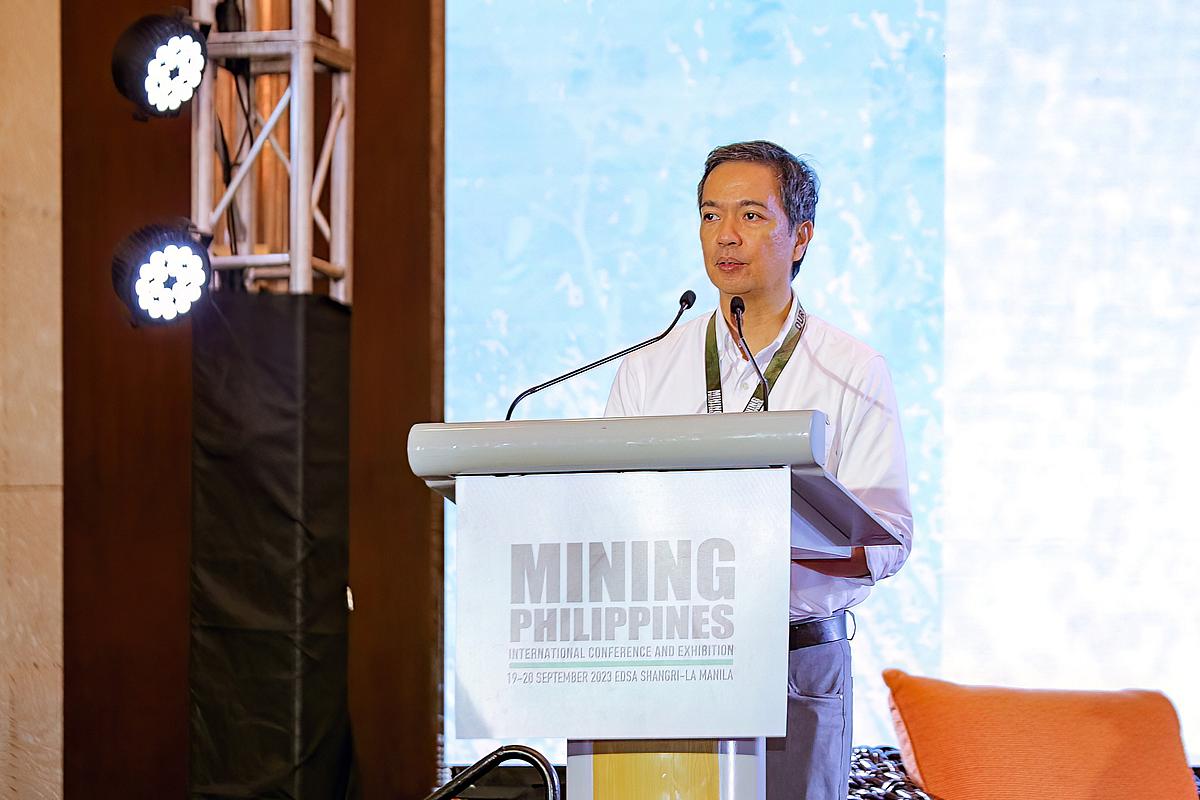The Department of Environment and Natural Resources (DENR) is set to revise guidelines for the Social Development and Management Programs (SDMP) of mining firms in the Philippines to align these with Sustainable Development Goals (SDGs) and guarantee enduring benefits for host communities, extending beyond the life of the mining operations.
According to DENR Undersecretary for Integrated Environmental Science Carlos Primo David, consultations with the mining sector are ongoing to incorporate provisions in the SDMP that promote responsible business actions to achieve the SDGs. He underscored the need to make existing SDMP initiatives more strategic in alignment with the SDGs, which are integrated into the Philippine Development Plan for 2023-2028.
David clarified that the SDMP guidelines would not be revised entirely, but will include additional provisions based on stakeholder consultations. Consultation with the community relations officers of mining companies was held on Nov. 16, 2023.
“The whole world has agreed to adopt the SDG in 2015. Therefore, the SDMP—its whole framework, should be aligned with the SDG. Hopefully, the revised SDMP for next year would align its programs towards achieving SDG goals, given the newly proposed guidelines” David said.
SDGs are 17 interlinked goals adopted by all United Nations Member States in 2015 as a global call to address poverty, inequality, climate change, environmental protection, peace, and justice. Comprised of 169 specific targets, the SDG serves as a global blueprint to end extreme poverty, reduce inequality, and protect the planet by 2030.
On the other hand, the SDMP is defined as a comprehensive five-year plan aimed at improving the living standards of host and neighboring communities. It is mandated under Republic Act No. 7942, or the Philippine Mining Act of 1995, which is implemented through DENR Administrative Order (DAO) No. 2010-21, or the Revised Implementing Rules and Regulations of the Philippine Mining Act of 1995.
SDMPs outline objectives to boost the economic contributions of mineral resources while safeguarding the environment, supporting affected communities, and developing local scientific and technical resources. The goal of SDMPs is to create responsible, self-reliant, and resource-based communities capable of managing community development programs independently.
“The SDMP is a program that is unique to the Philippine mining industry, and we should be very proud of it. In all mining activities that we should be doing, this is something that we should be proud of,” David said, noting that although there are SDMP-accredited activities that align with certain SDGs, there are several additional SDGs that the SDMP does not currently fulfill. For instance, improvements in living standards should be sustained even after mining operations cease, and communities should transition to alternative livelihoods, reducing dependence on mining income.
By law, mining contractors and permit holders are required to allocate 1.5% of operating expenses to the SDMP. Of the amount, 75% must be spent on community-development programs; 15% on mining technology and geosciences advancement programs; and 10% on information, education and communication program.
From 2002 to 2027, the total approved SDMP commitment reached P28 billion, with P17.7 billion allotted for 2002-2022. So far, the reported SDMP expenditure for 2002-2022 is P13.2 billion, with potential for increased disbursement in the future. SDMP activities include livelihood programs, educational support, health and medical assistance, public infrastructure, and socio-cultural and religious support.
David emphasized the importance of maximizing the impact of SDMP initiatives, ensuring they have a lasting effect. For SDG Goals 1 (No Poverty) and 2 (Zero Hunger), companies should focus on reducing maternal and neonatal mortality by providing healthcare access, education, and resources for pregnant women. SDMP projects could also include neonatal facilities and transportation for complicated pregnancies.
The DENR is also looking into inclusion of small-scale miners into the SDMP, to capacitate small miners and enhance resilience in mining communities.
Article courtesy of the DENR








